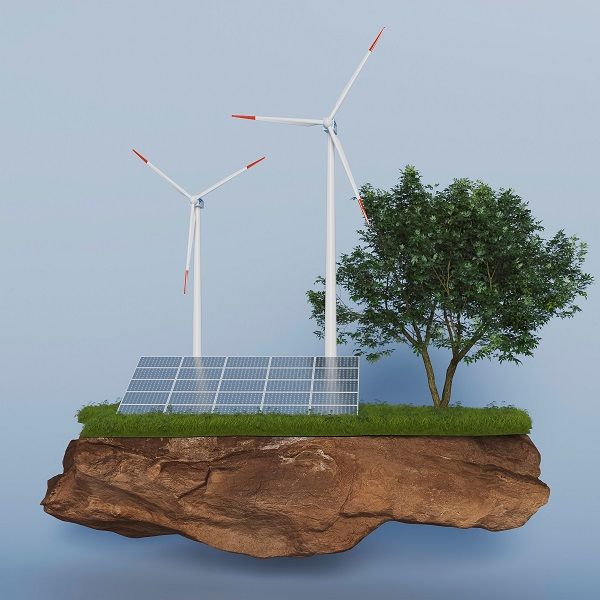In what can provide a major boost to renewable energy generation initiatives, a cutting-edge tidal turbine blade has been indigenously developed in Scotland at a more affordable price.
The turbine was manufactured by a team of design engineers from the University of Edinburgh and is slated to help reduce the levelized cost of tidal energy. The new “structure reduces the amount of materials necessary – bringing down the weight, volume and, crucially, the cost of manufacturing the blade,” said the team in a statement.
The team worked out of FastBlade, which is the world’s first facility designed to test tidal turbine blades, situated at Rosyth in Fife, Scotland.
The global tidal energy potential is calculated to be around 100GW, which is estimated to be worth $76 billion. The key tidal energy markets include Canada, Indonesia, Japan, South Korea, China and Chile.

High cost
Tidal energy is generated by the ocean’s tidal motion, which is captured by inserting a tidal turbine installation. The energy source is more predictable than other forms like solar and wind. So, why is it not used more extensively?
Tidal barrage projects can cost millions of dollars to build, and they require tidal turbines to be more robust than wind turbines in order to withstand ocean currents. The UK contract price is currently approximately £178 ($216) per MWh, compared to £65 ($79) for offshore wind. The high generating cost is a barrier to the growth of tidal energy. This results in tidal energy being a missing component of a year-round, renewable energy system.
“We have found a faster, cheaper route to manufacture than the usual tidal blade fabrication process, based on an altered design – we hope the combination of improved design and optimized manufacturing process will contribute to reducing the levelised cost of energy (LCOE) of tidal stream energy, with the long term goal of matching LCOE of offshore wind,” said Dr. Eddie McCarthy, of the University of Edinburgh’s School of Engineering and leader of FastBlade, in a statement.
Collaboration with industry
The new turbine blades were built by the Edinburgh team with Tocardo Turbines for tidal energy technology company QED Naval as part of the European Tidal Stream Industry Energiser Project known as TIGER.
According to QED Naval, the project aims at the tidal energy sector to develop an expedited cost-cutting route to test and demonstrate up to 8 MW of new tidal capacity at various locations throughout the English Channel region in the UK.
Engineers say the new technology has been tested on its “smaller T1 blade design, using a 6.3m rotor diameter, but we will be pulling these through into our T3 blades up to 14m rotor diameter. This work, and its part in the EU Interreg TIGER Project helps showcase cost savings and the benefits of tidal energy,” said Jeremy Smith, managing director of QED Naval, in a statement
The team is hoping projects like these help make tidal energy become the much-needed source to cater to growing demands in the region, especially in the UK, which is suffering from energy price inflation. “A recent report found that tidal stream energy could provide more than 6GW of energy to the UK grid by 2050, providing a significant baseline power source for our future electricity grid,” said Ian Hatch, head of business development for the College of Science and Engineering at Edinburgh Innovations.
Source: IE










